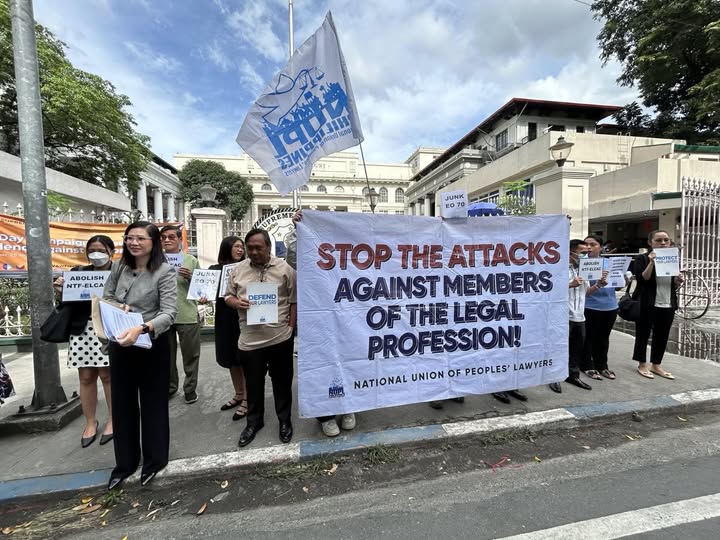FOR the longest time, stories of death among prisoners are attributed to “bangungot” in the absence of an honest-to-goodness forensic tests by credible pathological institutions, for which the Department of Justice (DOJ) designated the University of the Philippines (UP) Manila to administer autopsies to determine the cause of death of persons deprived of liberty (PDL).
In signing a declaration of cooperation with the United Nations Office on Drugs and Crime (UNODC), the DOJ cited the urgent need to restore the integrity of jail facilities under the Bureau of Corrections (BuCor) as a reformatory institution where detainees undergo rehabilitative confinement in preparation for their reintegration to the society.
More than determining the cause of death of inmates, Dr. Raquel Fortun, the forensic pathologist spearheading the project, said it may also help in the development of a better healthcare system for PDLs.
According to Fortun, the act of giving PDLs a proper autopsy in itself makes the project laudable – “Not just because you’re a prisoner, society forgets about you. There must be dignity in death.”
Under the partnership, the UNODC will provide the equipment, expertise, and procedures in keeping with international standards to ensure the highest standard in gathering and preserving forensic evidence, which the court may need in case such findings are needed.
The DOJ for its part is expected to ensure the immediate transport of the PDLs’ remains from BuCor-operated jail facilities to the designated facilities of UP Manila’s College of Medicine.
The agreement also covers the Correctional Institution for Women in Mandaluyong.
For the forensic test to be credible, Fortun cited the importance of bringing the cadaver to the UP Manila-designated facility for immediate autopsy before the embalming process.
This allows her UP Manila team to conduct a thorough toxicology analysis that checks for poisoning or drug intake, added Fortun even as she claimed that such a protocol is largely not being followed as the College of Medicine typically receives cadavers already embalmed.
Citing her own data, Fortun said they had received about a hundred referrals from the DOJ since October 2022, beginning with the death of New Bilibid Prisons detainee Jun Villamor after the murder of journalist Percival Mabasa (aka Percy Lapid) in October 2022.
“The 100 cases were dissected by (UP Manila) residents. This is important pathology residency training and they’re very good at it. They are taught how to document; so just like any forensic case, these are well documented,” Fortun said.
Based on BuCor records, a total of 4,636 PDLs have died in prison since 2020.
“The most important outcome of this project is: how do we improve healthcare in the prisons?… Any death in these places requires forensic investigation. It’s a health concern,” added Fortun, who has been instructed by Justice Secretary Crispin Remulla to “look for foul play.”
“But we’re not just looking for foul play here. Were there preventable deaths among these cases?”
On top of foul plays, Fortun also gave a premium on the need to address the leading cause of death among PDLs – tuberculosis (TB)..
“That’s very telling. If there’s TB among the PDLs, your (BuCor) workers are just as exposed. These people were never diagnosed, much less treated. You can imagine the pain they experienced before they died,” she noted.
They have also encountered cases where the cause declared in the PDL’s death certificate was “so far out” from the results of their forensic analysis.
“This is a way to get answers. Let’s learn from these deaths. Let’s hear what the dead PDLs are saying and prevent these deaths,” Fortun concluded. (ANGEL F. JOSE)




